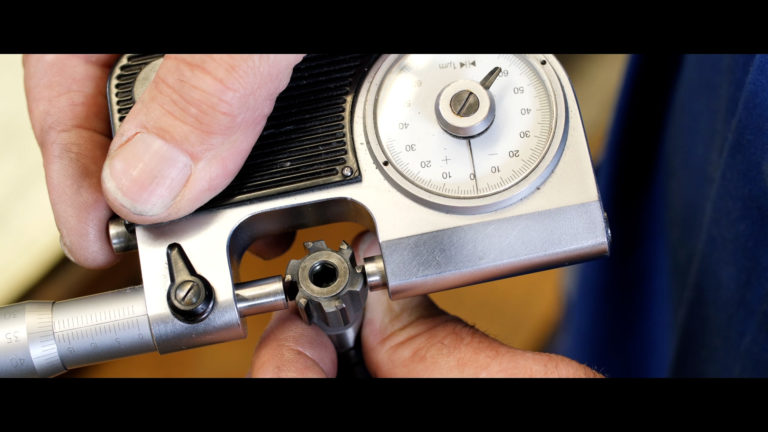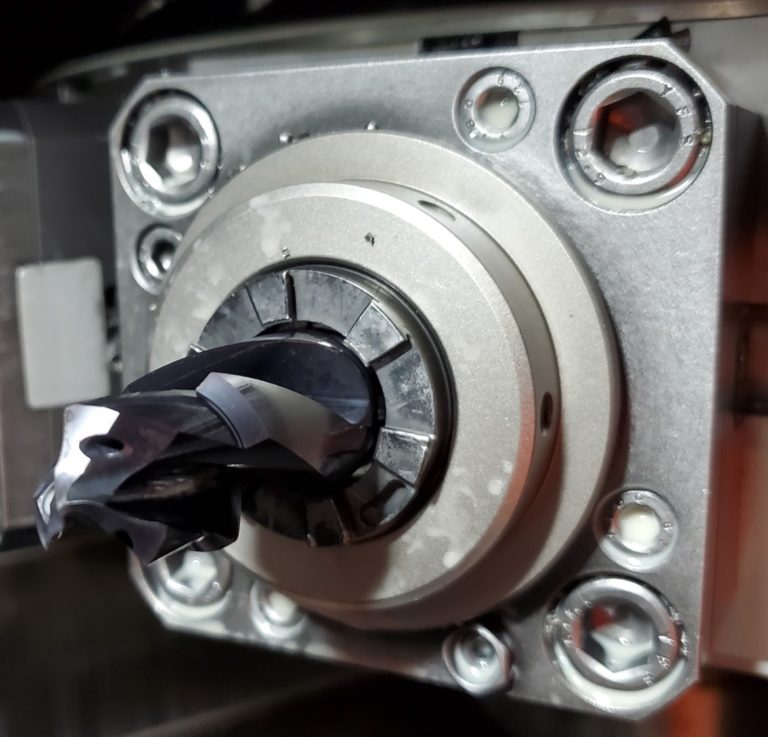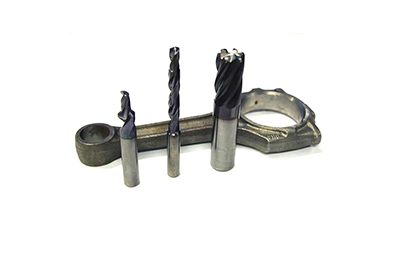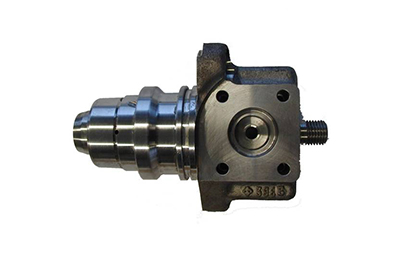Reamers are some of the most important cutting tools you should have in your workshop. Reamers are used to enlarge pre-existing holes on a workpiece. They remove specific amounts of material from your workpiece to leave a hole with a smooth finish and accurate size. Much like other cutting tools, reamers come in many different sizes, standard and special. Depending on the hole size of your workpiece, you can choose reamers for large diameters or small diameters.
As a machinist, reaming holes is certainly part of your everyday metalworking activities. For high volume precision machining, you need to select the right reamers for each job. You should consider the following factors when selecting precision reamers.
1. Diameter of the Hole on Your Workpiece
Reamers enlarge a drilled hole to the exact size you desire. This means that you must select your reamer size based on the diameter of the drilled hole. It is crucial you choose the correct size reamer, for instance if you choose too large of a diameter reamer, it will remove too much stock from the hole and distort it completely.
If you use the incorrect reamer size, you will not achieve the dimensional accuracy and tolerance you’re after. This will not only distort the hole but also increase the tool wear of your reamers. Fortunately, you can find reamers for large & small diameters regardless of the type of reamer you need. There are a few different types of reamers, which one is right for your job depends on a multitude of factors. Some examples of the different types of reamers include- monoblock reamers, cutting ring style reamers, solid & expandable reamers, high speed steel reamers, and reaming head reamers.
2. Type of Reamer
The type of reamer you choose is vital to your machining success. There are a lot of factors that determine the type of reamer you would choose for your application. A multi blade reamer has the versatility needed to improve tool life, hold size and improve bore quality & centricity. In general, multi blade reamers include, solid & expandable monoblock reamers, cutting ring reamers, and replaceable reaming head reamers. Each blade on a multi bladed reamer is fitted to a certain geometry that is the best fit for machining the specific application.
3. Select Coated or Uncoated Reamers
To extend the tool-life of reamers or increase the speed at which a reamer can run, they may be coated to enhance cutting lubricity and abrasion resistance. Coated reamers can come in handy when working with high heat and high-speed cutting operations. There is a plethora of coatings on the market to choose from. Whether to apply a coating to your reamer really depends on several factors. Some of which include, part material, cutting speed, quality requirements, type of reamer and more. It is best to look at all factors, including the pre-reaming tools and time requirements before deciding if a coated reamer is the right fit.
4. The Material of Your Workpiece
It’s important to remember that your workpiece material also influences the type of reamer & specifications of that reamer. Depending on the different requirements of your application such as surface finish or tolerance, the reamer you select should give you results working with that material. There are certain geometries that are recommended for machining certain materials and many things can be done to a high-performance reamer to meet expectations.
The good thing is that you can find all types of reamers for high-performance reaming and the answers to any of your reaming questions or challenges with Monaghan Tooling Group. MTG is proud to be partnered with Diatool, a world leader in reamer manufacturing & development. The Monaghan & Diatool team have tackled some of the toughest reaming challenges, contact us today to get started with a high performance reaming solution.




